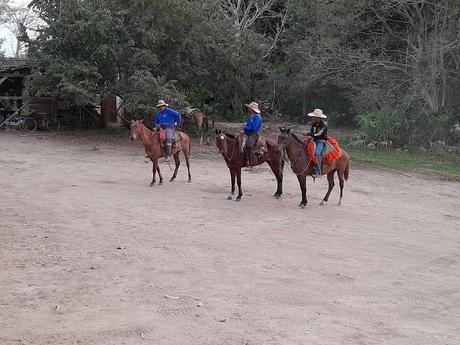



This post represents the first of a two part piece exploring experiences of a recent trip to Brazil. I’m going to cover the negative first before indulging in the beauty and the wonder in part 2.
The photos above should hopefully make the negative very obvious. En route to a stay in the Amazonian rainforest in the Mato Grosso region, we drove through areas that our guide could recall as having been covered in dense vegetation on only a couple of decades ago, but were now literally burning before our eyes. Burning is a quick and easy way to clear the land so that it can be used for cattle grazing or agriculture. Ugly and horrible, and also really annoying from a selfish perspective as it created smoky air that meant birds and other creatures remained hidden away. The previous day, we had spent many hours being amazed at an extensive parade of birds doing a fly past from a canopy tower – the bottom photo which shows this unsullied view.




And these photos above show what sort of landscape deforestation created. We drove along tarmac and red dust roads, with scrubby vegetation dotted with cows or tired looking crops (it was winter and therefore the dry season, so not moist and lush as you might expect).
Given that the country I live in has a long history of deforestation, to such an extent that it’s hard to imagine what the landscape would have been like in its ‘original’ stage, I’m not in a position to suggest that people should not be allowed to improve their lives by using the resources at their disposal. Instead, the only final observation I’d like to make is that we also saw a different approach to using the land, which appeared to be about working with it, rather than destroying it. In the first part of our trip, we visited the Pantanal, which is the world’s largest wetland and further south. Here, there is a culture of Pantaneiros cattle ranchers, who move herds around different areas depending on where there is available grassland through the dry and wet seasons. While it’s not ideal, it seems more sustainable and has allowed man and wildfire to co exist for several centuries, though this balance seems under threat with climate change and increases in land use. We felt very lucky to see what we did.





